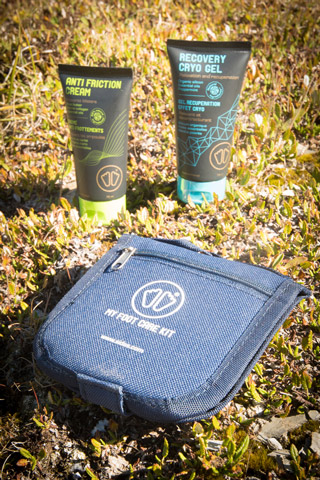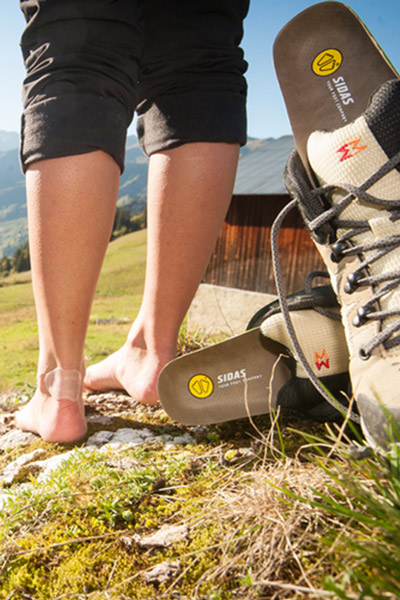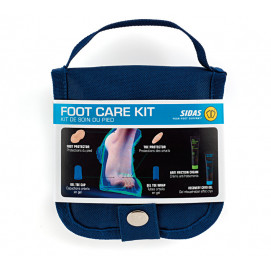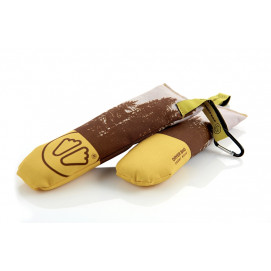 Unravelling the true from the false: the GR20, between myth and reality Read more
Unravelling the true from the false: the GR20, between myth and reality Read more Start off your day of hiking on the right foot
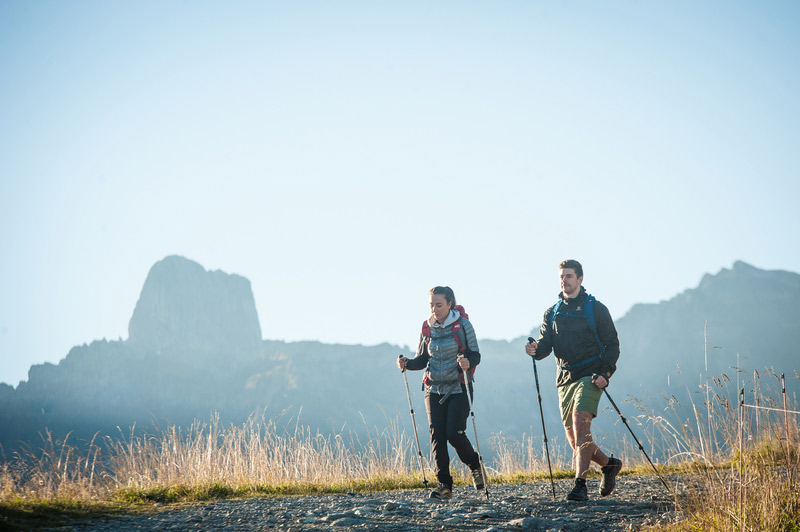
« Mountains are like the world: they belong to those who get up early! »
It is true that nature often reserves its most lenient conditions and its most beautiful lights to hikers who leave at dawn. Yet it is not natural to wake up, whilst on holiday, at a time earlier than any other working day of the year. Especially when you know that the quality of your sleep will condition the pleasure experienced throughout the day of hiking that is about to begin. Here is the ideal morning routine that will allow the hiker to be efficient on waking and optimize these few moments that separate getting out of bed to departure on the trails.
OUR TWO EARLY BIRDS:
Brice Sarti, guide and founder of A Piuma, has been accompanying groups on the GR20 for almost ten years. With over sixty treks across his Île de Beauté, he describes himself as a ‘mountain artisan’.
Clément Scalliet is a physiotherapist and osteopath based in Lyon. He does business with all who are passionate about sport: athletes with Olympic ambitions to Sunday runners. He therefore knows well all the reactions of a moving body.
05 : 00 => The alarm clock
The morning routine begins at the precise moment when a small noise pulls you brutally out of the arms of Morpheus. Brice Sarti explains the reasoning that pushes him to shorten his night: “The starting time of a hike is determined by the road map of the day. Knowing that it is necessary to ideally travel two thirds of the way planned before lunch. It is therefore necessary to subtract 60 minutes from the start time to calculate your waking time.” Between the moment you open your eyes and your legs go into action, an hour will pass. Here's how to occupy it.
05 : 02 => Switch on one's headlamp
After having quickly silenced the alarm clock of your watch, “which avoids the presence of the phone in the sleeping bag,” our Corsican guide recommends to directly take “the headlamp deposited nearby, using its small red light, specially made not to disturb the walkers who are still asleep”.
05 : 10 => Prepare your feet
Once dressed, comes the crucial moment when it comes to preparing the primordial instrument of any hiker: his feet. It is necessary to protect and relieve these feet often traumatized by the previous days’ kilometres.
To do so, simply open the care kit that we have developed for this purpose:
From the kit, first apply the anti-friction cream to limit chafing and irritation associated with long hours of walking.
This cream is a perfect complement to the cold recovery gel with which you will be have been massaged the night before.
Next, place the Foot Protector or Cap Protector on your feet and toes to prevent worsening or emergence of blisters. The silicone composition of these protections, their very light and imperceptible construction as well as their durability, make them a faithful ally of the hiker.
Clément Scalliet adds: “For optimal regeneration, it is necessary to leave them in the air during the night, so that wounds or any blisters can dry and start their scar process. Then, in the morning, you have to protect them again. In a logic of healing, but also prevention.”
05 : 15 => Put on your insoles and your shoes
Properly protected for the rough day ahead, feet often join against their will these shoes they left the night before at night. Brice informs: “Putting on your shoes may seem trivial but it is a moment that is really important. I really take my time.”
First, carefully reinstall the insoles in the shoe. Indeed, when you arrived at the shelter, you had disunited the insoles of the shoes to insert in the latter a shoe dryer. Then, “carry out a very precise lacing, stretching all the laces well, since it is when the foot moves around in the shoe that friction occurs”.
05 : 20 => A bit of careful hygiene and minor nursing
With your shoes on, you can now worry about all the little extras, clean yourself up to ensure an impeccable presence on the roads and “now smear on the sunscreen, which is not a luxury, even early in the morning”.
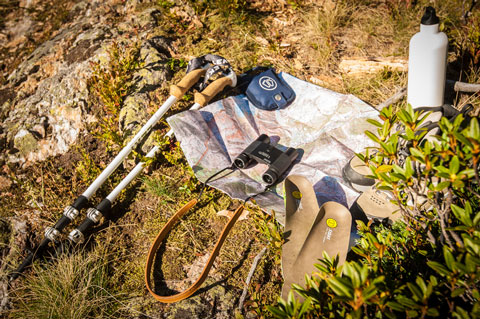
05 : 25 => Fill up with water
“There is an error made by 99% of hikers: filling the water reserves just before departure, even though the bag is already sealed. Since they usually have a Camelback type water bag or bulky water bottles, they are forced to reopen their bag, undo it, and thus change the settings of it ...” And as for the minimum volume of water advised to start your day of hiking? “1.5 L. Even if you plan to cross springs, they can be dried out. Better to play it safely!”.
05 : 30 => Sealing the bag
The crucial step. The one that concludes the start. The mountain artisan warns: “The bag is the hiker's nerve centre. You have to pay meticulous attention and tidy it strategically. The idea is to arrange it according to the priorities of the day by reasoning in slices of usefulness: that which will not be handled before the evening at the bottom of the bag, the midday picnic in the middle and the frequently used things or which can be got to in an emergency on top, made easily accessible. By that I mean raincoat, energy bars, water and the first-aid kit... ”
05 : 35 =>Breakfast
Nutritionists agree on a unanimous observation: breakfast is essential to start your day of hiking, especially if you want to avoid the overwhelming hypoglycaemia promised a few miles away. Clément Scalliet however raises “that in the mountains, we are more on the classic bread, butter and jam”. Therefore, it is important to supplement it with energy bars and dried fruits.” As for drinks, Brice's preference is tea for “its unrivalled hydration virtues”.
05 : 50 => Wake your body up and warm up
Now dressed, equipped and full, you have ten minutes left before you go. A brief moment of digestion that can be used to “warm up by stimulating the muscles or joints sore from previous days by brief dynamic stretching.”
05 : 58 => Adjust your bag
Brice again insists on the need to readjust your bag before starting off: “The hiker, especially once arrived at the shelter, has this annoying mania, since his bag is no longer on his back, to carry it, not by the upper handle designed for this purpose, but by the shoulder straps. This inevitably disrupts it, even by a few millimetres. The readjustment of the bag must therefore become a reflex before each departure.”
05 : 59 => A last glance
Just before leaving the shelter, once all the things packed up, a brief tour of the place is needed to check that nothing has been forgotten, is never superfluous.
06 : 00 => The departure
You are now ready! Just in time. Ready to start a beautiful day of hiking, setting off on the right foot.
